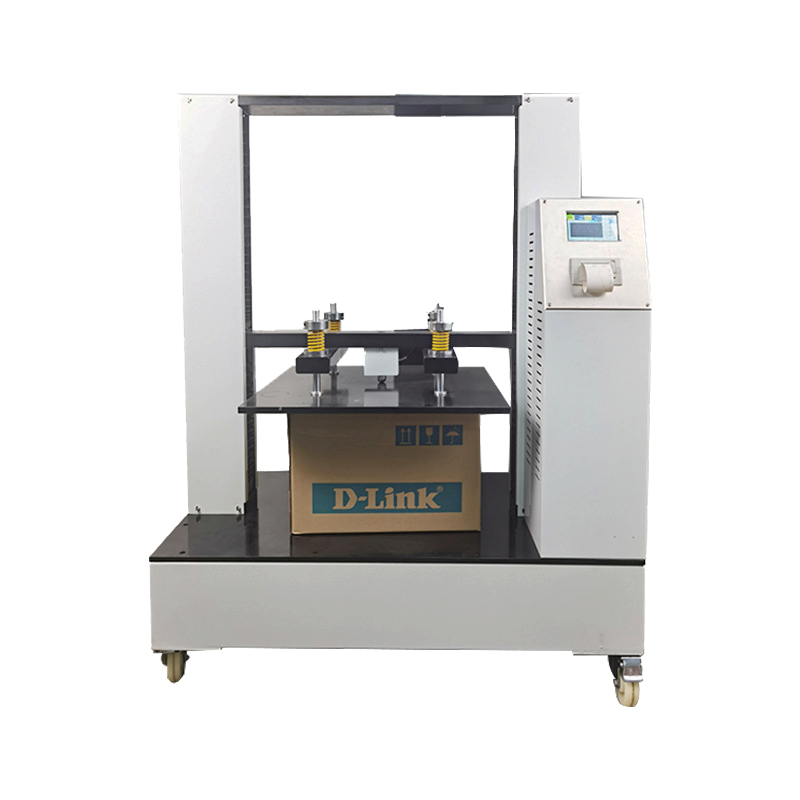
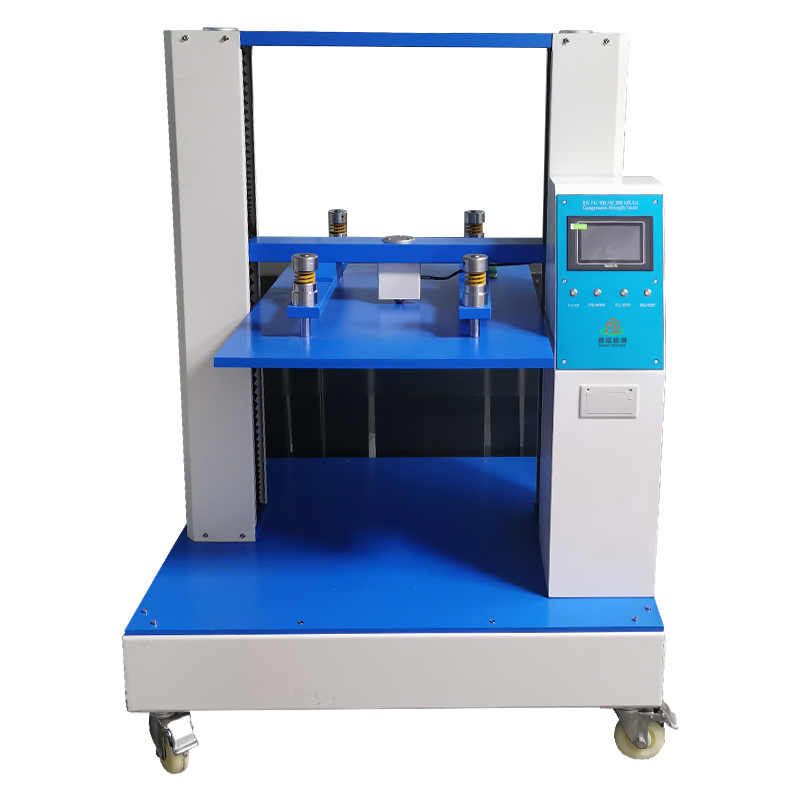
Plastic bucket compression testing equipment
178005.0 INR/Unit
Product Details:
X
Plastic bucket compression testing equipment Price And Quantity
- 1 Unit
- 178005.0 INR/Unit
Plastic bucket compression testing equipment Trade Information
- Cash in Advance (CID)
- 100 Unit Per Month
- 5 Days
- All India
Product Description
Plastic Drum Compression Test Equipment
1. Equipment Overview
Plastic Drum Compression Test Equipment is a high-precision test equipment specially designed for evaluating the compressive strength, deformation performance and overall structural stability of plastic drums of various specifications (e.g. chemical drums, food drums, lubricant drums, etc.) under static compression load. Since plastic drums are widely used in chemical, food, pharmaceutical and other industries and need to withstand large stacking pressure during transportation and storage, this equipment is crucial to ensure the safety and reliability of plastic drums. The equipment accurately measures the compressive capacity, deformation and compressive stability of plastic drums by simulating actual transportation, storage and stacking conditions.
2. Main Functions
- Compressive strength test: Measure the maximum compressive capacity of plastic drums in vertical direction according to relevant standards (e.g. ASTM D2659, GB/T 4857.3, etc.) to assess their load-bearing capacity during stacking, transportation and storage.
- Deformation test: Record the deformation of plastic drums under compression load, assess the degree of deformation and recovery ability, and ensure that the drums can still maintain structural integrity and sealing after being subjected to pressure.
- Stacking test: simulate the force on plastic drums under actual stacking situation, evaluate their stacking stability and load-bearing capacity, and ensure that there will be no collapse or leakage when multiple layers are stacked.
- Cyclic compression test: Load and unload the plastic drums for several cycles to evaluate their fatigue performance and durability, and ensure that the drums can still maintain good compression resistance after repeated handling and transportation.
- Data analysis and report generation: Built-in data analysis software can automatically generate detailed test reports, including maximum compressive strength, deformation, loading curve and other parameters, to help the quality control department carry out strict quality assessment.
Frequently Asked Questions
Q1: What is the test speed of the Plastic Drum Compression Tester?
A1: The test speed is usually between 1-500mm/min, which can be adjusted according to different test requirements.
Q2: How to ensure the accuracy of the test results?
A2: The equipment adopts advanced control system and high-precision sensors, which can accurately control the parameters of compression speed, load and displacement, and ensures the safety and reliability of the testing process through multiple safety protection devices to ensure the accuracy of the test results.
Q3: Is the device easy to operate?
A3: Yes, the equipment is equipped with user-friendly interface, simple parameter setting and easy operation. Meanwhile, the fully automated operation reduces human intervention and improves test efficiency and repeatability of results.
Q4: What is included in the test report?
A4: The test report usually contains parameters such as maximum compressive strength, deformation, loading curve, etc. It also provides data analysis function, which is convenient for quality control personnel to carry out strict quality assessment.
Q5: Does the device support customized test parameters?
A5: Yes, the equipment supports the setting of different parameters such as compression speed, load range and displacement limit according to different materials and testing requirements to meet various testing requirements.
Precautions for testing plastic drums made of different materials
Since plastic drums made of different materials have different physical properties and compression resistance, special attention needs to be paid to the following aspects when conducting compression tests:
-
Test force range:
HDPE and PP pails: due to the high rigidity and strength of these materials, the test force range is usually larger and may need to reach 50kN or even higher.
LDPE pails: as LDPE materials are more flexible but less rigid, the test force range may be relatively small, usually between 10kN and 30kN.
PET pails: PET material has high strength and rigidity, the test force range can be similar to HDPE and PP pails, but need to pay attention to its impact resistance and brittleness.
- PET pails: PET materials have high strength and rigidity and can be tested in a similar range to HDPE and PP pails, but attention should be paid to impact resistance and brittleness.
Loading speed:
HDPE and PP pails: a faster loading speed (e.g. 50-200mm/min) can be chosen to simulate the fast loading situation during actual transportation and stacking.
LDPE pails: due to its better flexibility, it is recommended to choose a slower loading speed (e.g. 10-50mm/min) to avoid plastic deformation or fracture of the material caused by too fast loading.
PET pail: the loading speed should be moderate to avoid brittle fracture caused by too fast loading, and also to prevent creep caused by too slow loading.
-
Cyclic testing:
For plastic drums that need to be evaluated for fatigue performance and durability (e.g. drums that are frequently handled during transportation), multiple cyclic loading and unloading tests can be performed. Different materials may perform differently in cyclic tests and the test parameters need to be adjusted accordingly.
-
Deformation amount concern:
HDPE and PP pails: focus on the deformation pattern and loading capacity during compression to analyze whether they can provide sufficient protection.
LDPE pail: due to its better flexibility, focus on its deformation degree and recovery ability during compression.
PET pail: focus on its deformation pattern and risk of brittle fracture during compression.
| Item | DR-B211-900 | DR-B211-1200 | DR-B211-1500 |
| Max. Force | 10KN(1000 kg ,2205lb) | 20KN(2000 kg, 4409lb) | 50KN(5000kg,11023lb) |
| Load cell | 1 load cell for highest accuracy | ||
| Control system | Dual control (Computer control with Windows mode+Touch screen control ) | ||
| Servo Motor | 400W | 750W | |
| Servo Driver | 400W | 750W | |
| Screws | Ball screws(Double ball guide rod design, high transmission accuracy, high transmission power efficiency) | ||
| Force reading | Gf, kgf, Ibf, N, KN, T etc | ||
| Load cell Resolution | 1/250,000 | ||
| Load Precision | within 0.5% | ||
| Effective test area (L x W x H) | 700x900x900mm | 1000x1200x1000mm | 1300x1500x1500mm |
| Compression Stroke | 0~900mm | 0~1000mm | 0~1500mm |
| Lift speed | 0.1~200mm/min | ||
| Software | Mtest HD-002-A(Independent R&D) | ||
| Data display | Load, displacement, speed, loading rate and elapsed time | ||
| Safety features | E-Stop Over-load protection Upper and lower limit switches Load sensor with automatic retreat | ||
| Report items | Serial number, peak value, average value, set pressure holding value, pressure holding time | ||
| Electrical Supply | 1phase, AC 220V, 500W, 50HZ | 1phase, AC 220V,550W,50HZ | 1phase, AC 220V,900W,50HZ |
| Overall Dimensions (L x W x H) | Approx.1510x1200x1645mm | Approx.1510x1200x1645mm | Approx.1865mmx1500mmx2235mm |
| Weight | Approx.350kg(772lb) | Approx.670kg(1477lb) | Approx. 1000kg(2205lb) |
| Operation Temperature and relative humidity | 10~40, 30~80% | ||
Tell us about your requirement

Price:
Quantity
Select Unit
- 50
- 100
- 200
- 250
- 500
- 1000+
Additional detail
Mobile number
Email




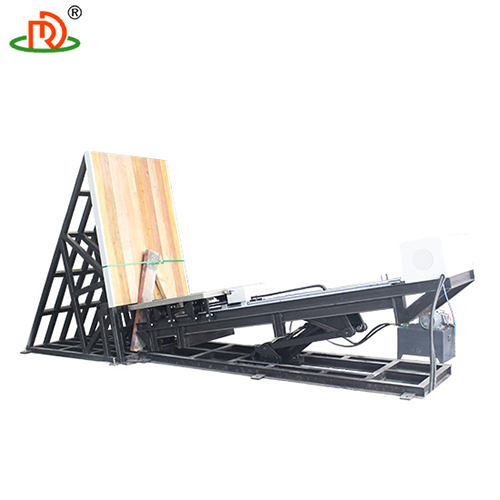
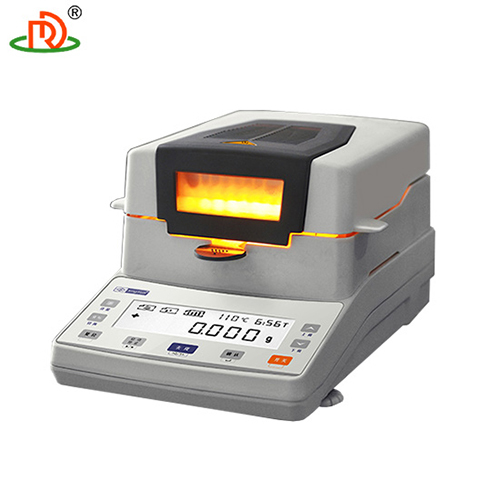

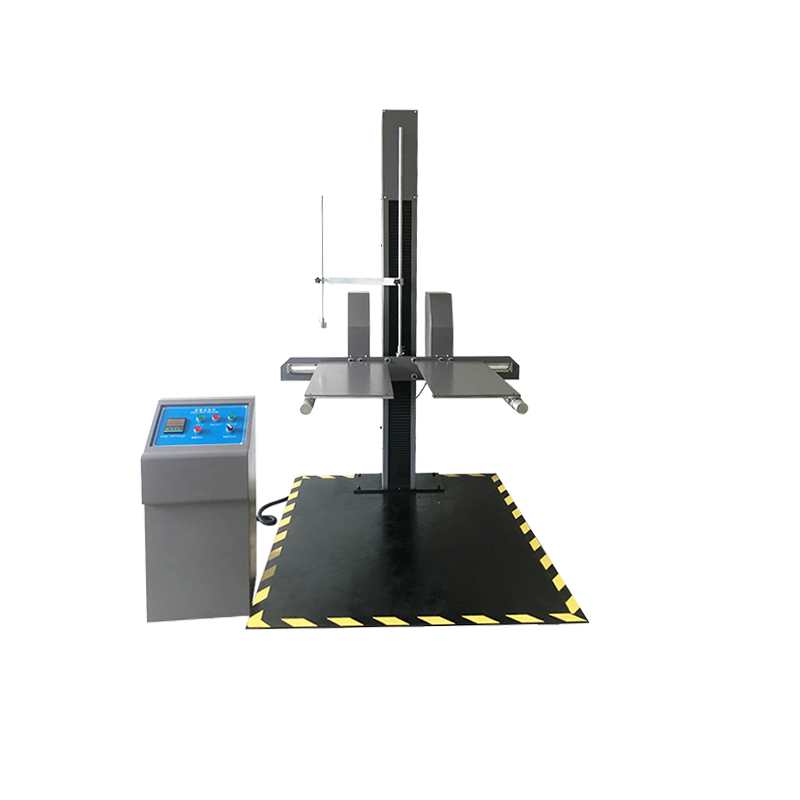

 English
English Spanish
Spanish French
French German
German Italian
Italian Chinese (Simplified)
Chinese (Simplified) Japanese
Japanese Korean
Korean Arabic
Arabic Portuguese
Portuguese